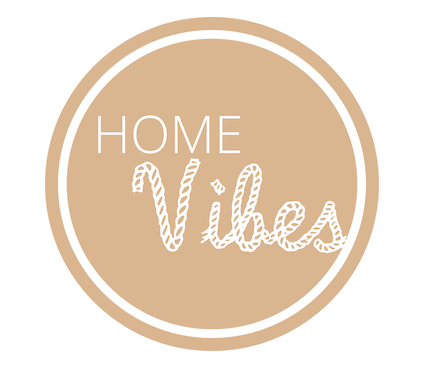Macrame Cord Explained
•Technically, you can make macrame with anything that has multiple long strands, including yarn, string, rope and maybe even cooked spaghetti.

In saying that though, modern macrame, for the most part, is made with cotton cord or rope.
Compared with yarn and other fibre types, cotton is superior due its perfect balance of thickness, softness and minimal stretch. These attributes make it the perfect material to hold the structure of each knot while also allowing for the malleability to create free flowing fringes. It is also much more user friendly as it is less fiddly than smaller gauge fibres like wool yarn. The downside? Its more expensive than yarn!
This cotton comes in three main types;
Three-Ply (often referred to as rope)
Single Twist (often referred to as cord)
Braided (referred to as either rope or cord)
Three-ply is made with three groups of cotton fibers twisted around each other, single twist is only one group of twisted cotton fibers and braided is made of multiple fibres tightly braided together. Three-ply can be left twisted, or can be unravelled to create three individual strands or combed out for a fringe. Single twist is good when you want a softer, less detailed effect, or you're after maximum length on a reel. Braided is really robust and won’t unravel or fray so is great for sturdy structure.
Width wise you can get anything from 1mm to 12mm. I mostly use 4-5mm, but if you’re into super detailed, intricate tapestry style pieces then 2-3mm is a good choice and if you're making a larger chunkier wall hanging I'd go for 7mm.
Natural or uncoloured cord is a staple in any makers stash but there is also a huge range of colour and even metallic cord now available.
Need help estimating cord length? Check out my other blog post or CLICK HERE to watch the full explainer video.
Happy knotting!
Width wise you can get anything from 1mm to 12mm. I mostly use 4-5mm, but if you’re into super detailed, intricate tapestry style pieces then 2-3mm is a good choice and if you're making a larger chunkier wall hanging I'd go for 7mm.
Natural or uncoloured cord is a staple in any makers stash but there is also a huge range of colour and even metallic cord now available.
Need help estimating cord length? Check out my other blog post or CLICK HERE to watch the full explainer video.
Happy knotting!
Krystle x
More Posts
-
The "Navajo" Patter...
The Navajo tribe are the Native American people of the Southwestern United States. They called themselves "Dine" or "the People". They have suffere...
Read More -
Estimating Macrame ...
Learn how to avoid waste and save money using this simple estimation strategy
Read More -
Macrame Cord Explained
If you're feeling overwhelmed with the amount of choice when choosing macrame materials, don't worry, you're not alone!
Read More





Comments
0 Comments
Leave a Comment